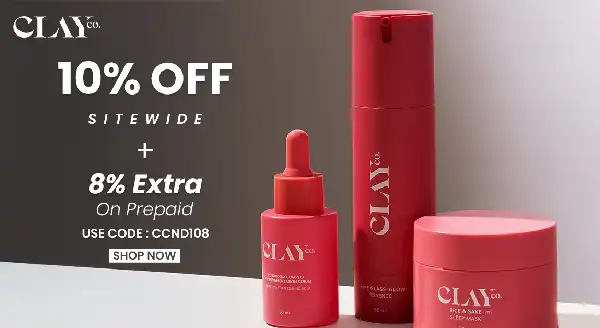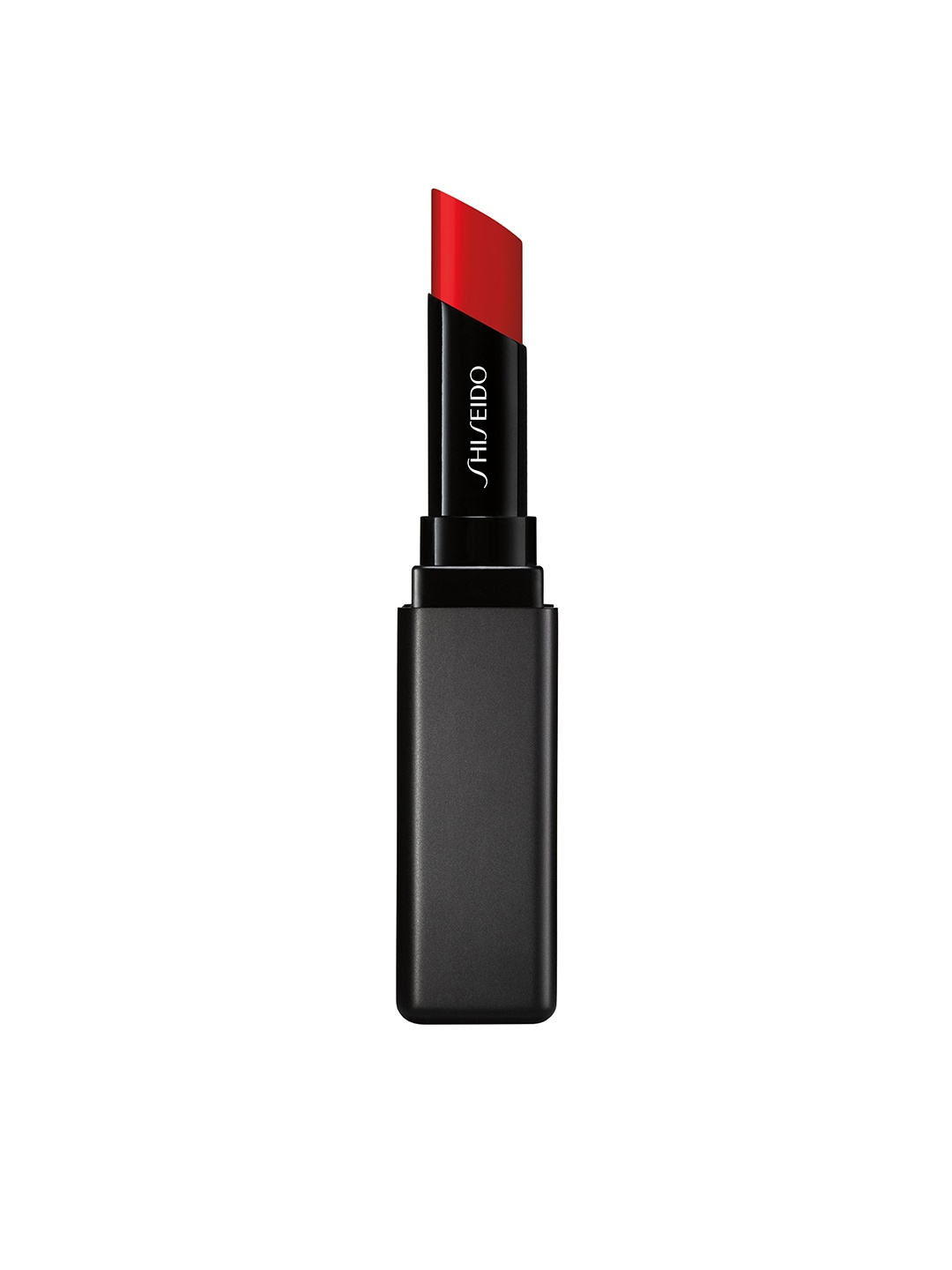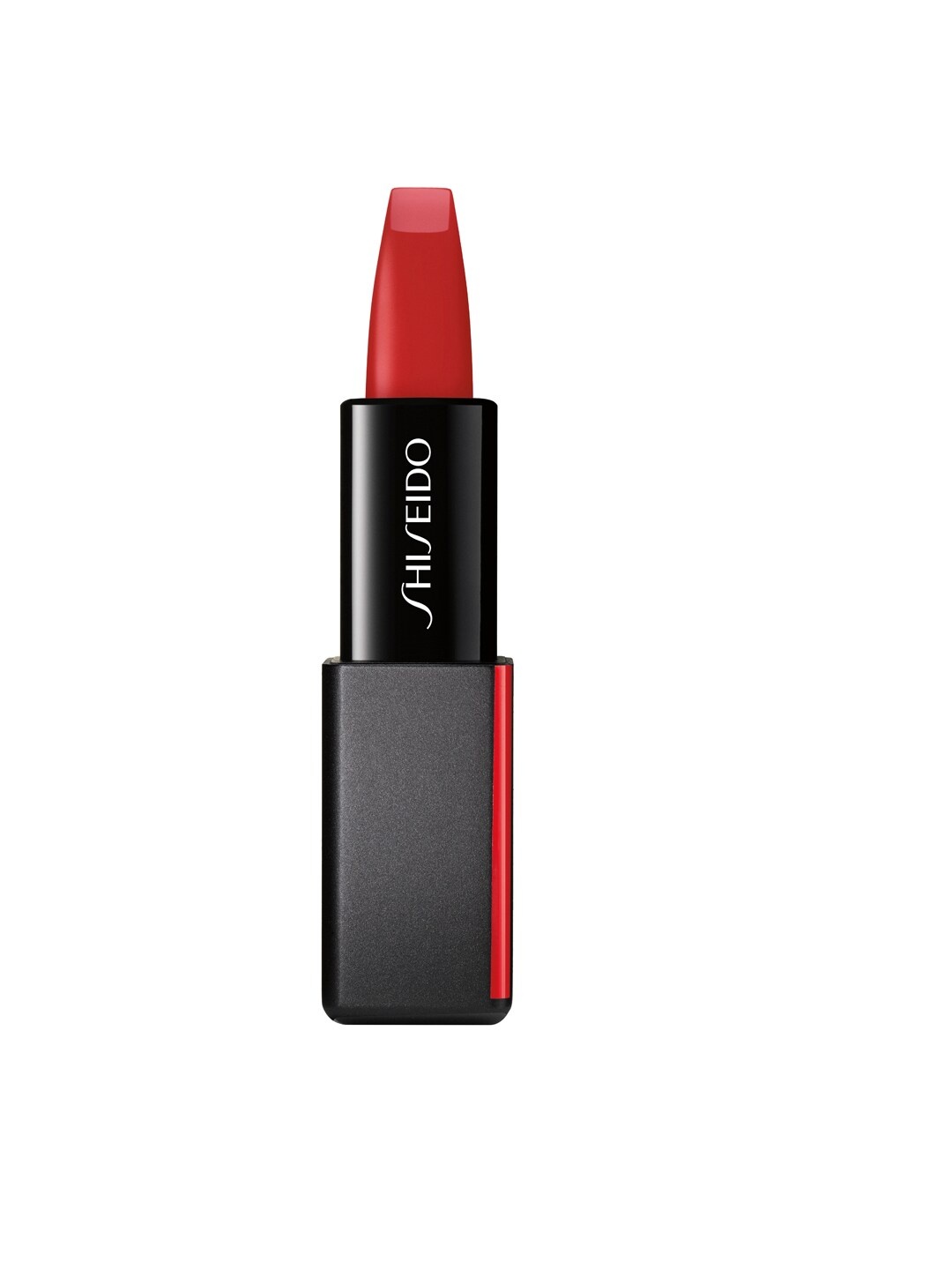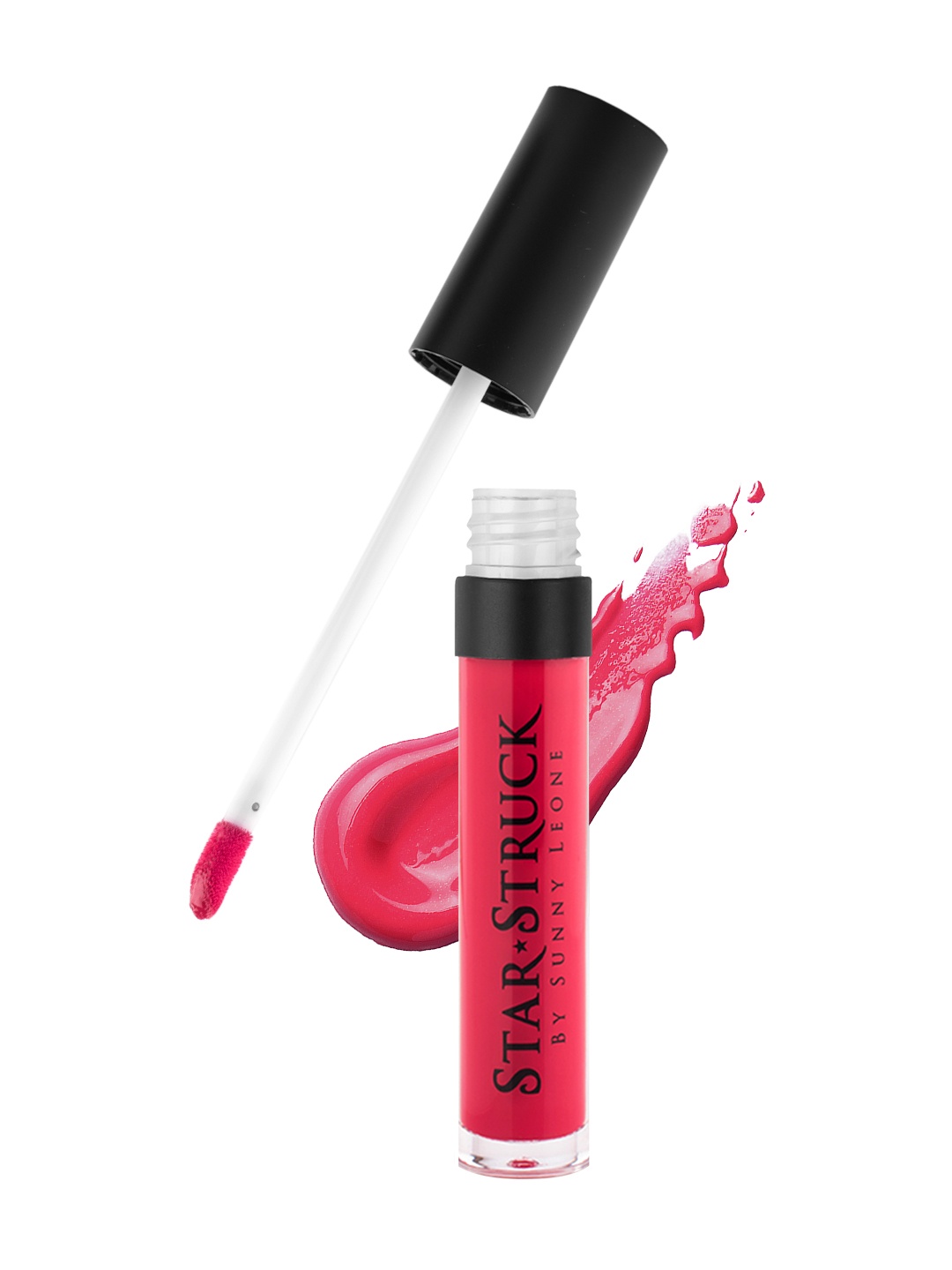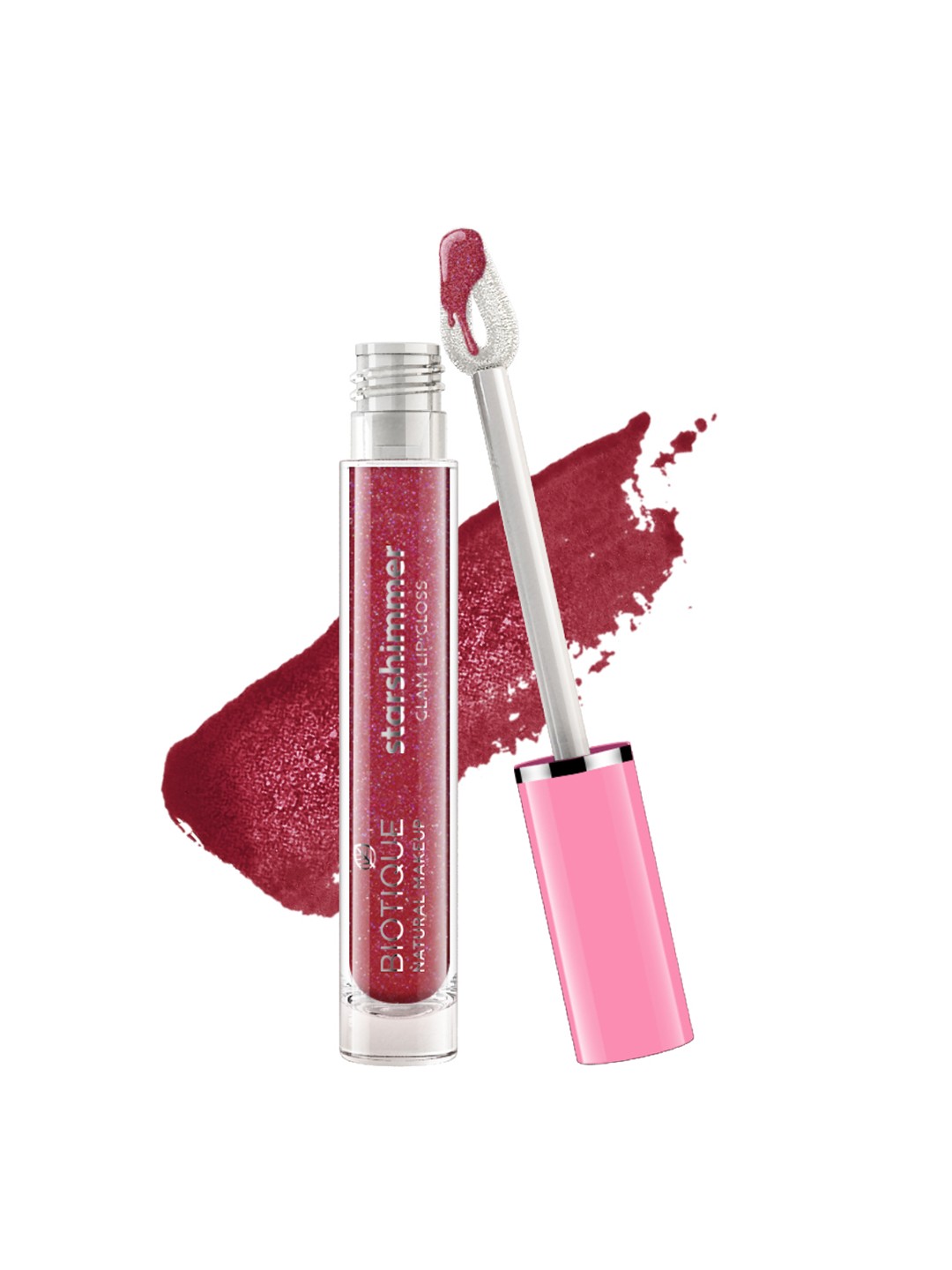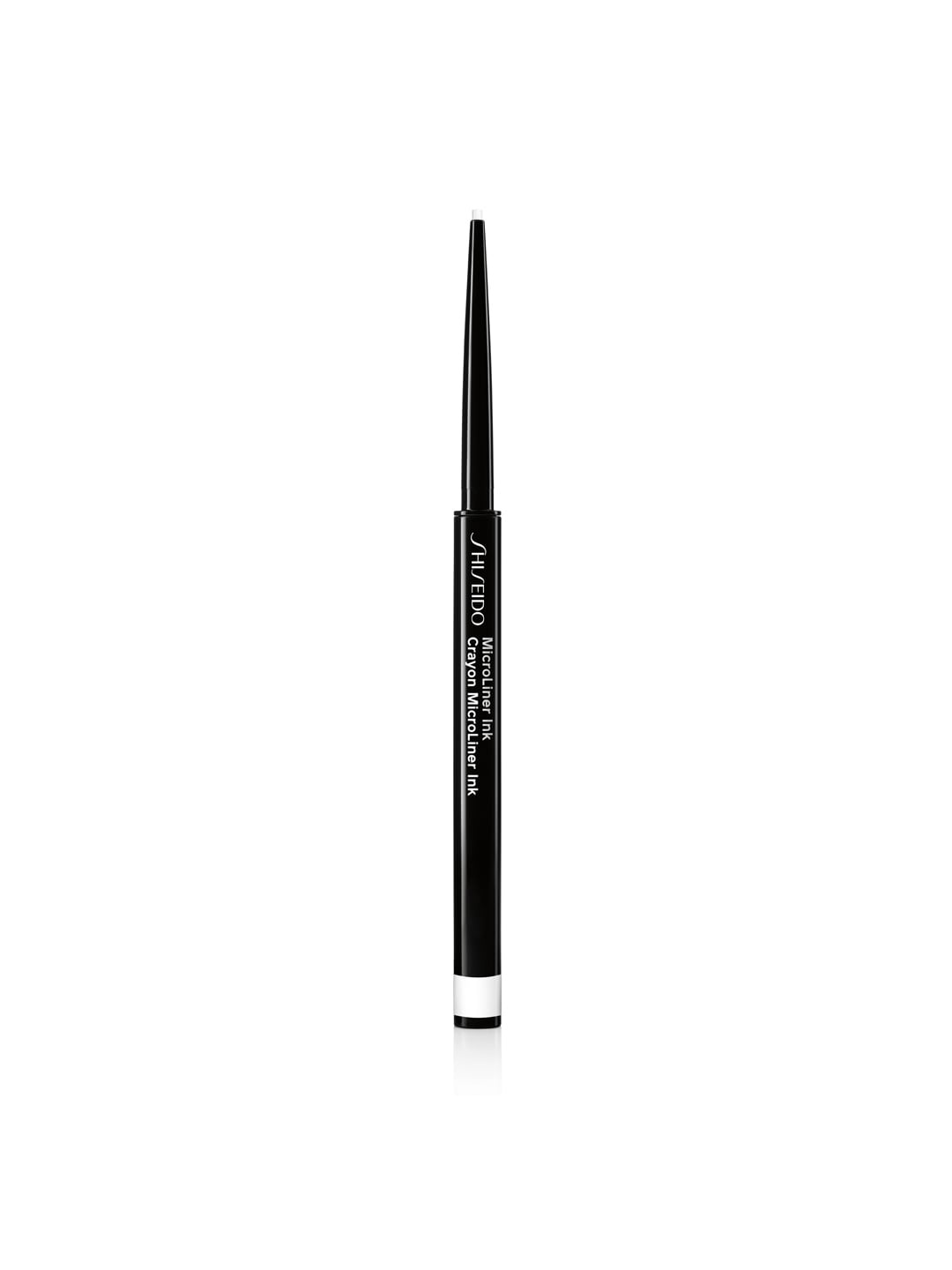Waterproof Sunscreen Vs Water-Resistant: What Works During the Monsoon?
Waterproof Sunscreen Vs Water-Resistant: When the skies break into a drizzle and humidity soars, choosing the right sunscreen becomes less about SPF numbers and more about what truly sticks around. This is a guide to pick the best sunscreen during the monsoon.

Waterproof Sunscreen Vs Water-Resistant: Find out the best sunscreen for rainy and humid days.
Rainy days bring a much-needed break from the scorching sun, but don't be fooled, UV rays don't take a holiday. They slice right through those dense clouds and bounce off puddles, wreaking havoc on skin that's not properly shielded. During the monsoons, most people are quick to stash away their sunscreen, thinking it's no longer needed. And those who continue using it often face a slippery conundrum: what works in this moist mess, water-resistant or waterproof sunscreen?
This isn't just a matter of staying dry; it's about staying protected. The truth lies in the fine print, often overlooked on tiny tubes and pump bottles. All sunscreens aren't made equal, especially when the weather shifts into unpredictable, rain-drenched moods. Let's dive into what these labels mean, how they stand up against monsoon madness, and which type deserves a permanent spot in your skincare shelf this season.

Waterproof Sunscreen Vs Water-Resistant: Find out the best sunscreen for monsoon; Photo Credit: Pexels
1. The Myth That Sunscreen Isn't Needed in the Rain
Let's get this out of the way, just because it's raining doesn't mean the sun's rays have packed up and gone home. UVB rays might reduce a bit, but UVA, the ones that age the skin and increase cancer risk, march on like stubborn relatives who won't leave after a party. They penetrate clouds, glass, and yes, even your optimistic umbrella.
People tend to believe that the rain itself acts like a natural filter, but in reality, water can reflect up to 80% of UV rays. That's double trouble, exposure from above and from reflections below. In a season where skipping sunscreen feels like a logical shortcut, skin silently takes the hit. A reliable sunscreen, rain or shine, is as vital as chai in the morning.
2. Understanding SPF and Why It's Not the Only Thing That Matters
SPF (Sun Protection Factor) is often worn like a badge, the higher the number, the safer it must be, right? Well, not entirely. SPF mostly measures protection against UVB rays, which cause sunburn. But what about UVA, the ones responsible for long-term damage?
This is where terms like ‘broad spectrum' come into play. Especially in monsoon weather, where your skin is under attack from multiple directions, humid air, residual sun, and water exposure, choosing a sunscreen that goes beyond SPF is essential. Always check the back of the label for ingredients like zinc oxide, titanium dioxide, avobenzone, signs that your sunscreen is working overtime, not just clocking in for the SPF show.
3. Water-Resistant Sunscreen: What It Promises
Water-resistant sunscreen is formulated to stay effective when exposed to moisture, but only to an extent. The label usually mentions a time frame: 40 minutes or 80 minutes. That's how long it can protect your skin while sweating or swimming. After that, it's anyone's guess.
In monsoon conditions, where rain can turn from a drizzle to a downpour in seconds, a water-resistant formula may hold up temporarily. But if you're out for long or drenched more than once, you'll need to reapply. Think of it as an umbrella in gusty wind, it works, but only until it doesn't.
If your day involves a short walk or a quick errand, a water-resistant sunscreen can do the job. But if you're hopping from one wet rickshaw ride to another, it may fall short before you even reach your destination.

Waterproof Sunscreen Vs Water-Resistant: The best sunscreens offer protection even when exposed to moisture; Photo Credit: Pexels
4. Waterproof Sunscreen: A Marketing Gimmick?
Here's the twist, no sunscreen is truly waterproof. Regulatory bodies across the globe, including the ones in our country, have phased out the use of 'waterproof' as a claim because it's misleading. Some brands still toss the term around for effect, but technically, all sunscreens lose their effectiveness when exposed to water for long periods.
So what does it mean when you see 'waterproof' on a bottle? Most likely, it's a relic of lazy marketing or a term meant to sound stronger than 'water-resistant'. Always flip the bottle and look for reapplication instructions. If it doesn't mention a time frame, don't trust it to outlast the next cloudburst.
In short, if you're looking for true protection in the rain, don't be dazzled by bold labels; read the details.
5. The Role of Sweat and Humidity in Sunscreen Performance
You don't need to run a marathon to sweat in July. Just walking out the front door can feel like stepping into a steamer. This combo of heat and humidity during the monsoons can dilute even the most solid SPF shield.
Sweat behaves just like water when it comes to sunscreen; it breaks it down and makes it slide off the skin. If your sunscreen doesn't account for that, your face is left unprotected even without rain.
This is why formulas designed to be sweat-resistant are ideal for the season. They don't just stick to the skin better; they're also less likely to clog pores or cause breakouts, a common curse when everything feels sticky and muggy.
Also Read: SPF 30 Or SPF 50: Are You Using The Right Sunscreen?
6. Ingredients That Actually Work in Monsoon Sunscreens
Look past the branding and focus on ingredients that do the heavy lifting. Silicone-based sunscreens, for example, form a thin film on the skin that water struggles to break. Similarly, physical blockers like zinc oxide and titanium dioxide don't degrade easily in moisture.
Gel-based formulas with mattifying effects also tend to perform better in humidity. They sit comfortably on the skin, don't feel greasy, and usually hold up longer. Avoid anything that says 'moisturising' or 'creamy', it might sound tempting, but you'll end up feeling like you wore sunscreen soup.
Pro tip: always patch test before trying a new product, especially in humid weather. Skin sensitivity can flare up during the rains when the barrier is already under stress.

Waterproof Sunscreen Vs Water-Resistant: Gel-based formulas offer mattifying effects and may also perform better in humidity; Photo Credit: Pexels
7. Reapplication: The Step Everyone Forgets
Even the best sunscreen won't last all day, especially not in the rain. Dermatologists recommend reapplying every two hours, and immediately after getting wet. This might sound excessive, but in monsoon weather, where you never know when a sudden shower might strike, it's wise.
Carry a small tube in your bag, or better yet, invest in a spray-on version that can be reapplied without a mirror. And no, layering makeup over sunscreen doesn't cancel out UV protection, but it can mess with how evenly it's applied. So if you wear makeup, go for setting sprays that include SPF.
Reapplication is the real hero of sun protection, quiet, consistent, and often overlooked. Make it a habit, like carrying a backup pair of slippers when commuting during a flood alert.
8. Best Sunscreen Textures for Rainy Days
Texture makes all the difference when the air feels like soup. Heavy creams can make you feel like you've worn an extra layer of skin. For monsoon days, opt for gel-based, lightweight sunscreens that absorb quickly and leave a matte finish.
Fluid sunscreens are also a great choice; they feel like water, absorb instantly, and don't clog pores. Avoid oil-based formulations unless your skin is extremely dry. Even then, be cautious; the last thing you want is a shiny forehead that turns into a reflector.
And for those who wear sunscreen under makeup, look for formulations marked 'non-comedogenic' and 'makeup-friendly.' This way, your foundation doesn't start to melt before your mood does.
9. Child-Friendly and Sensitive Skin Sunscreens
Children have thinner, more sensitive skin, which means they're more vulnerable to sun damage, even in the rains. But not all sunscreens are created for little ones. For kids, go for mineral-based, fragrance-free, and hypoallergenic sunscreens.
The same advice holds true for anyone with sensitive skin or conditions like eczema. Avoid sunscreens with alcohol, parabens, or artificial fragrance. During the monsoons, skin can flare up due to increased moisture and trapped sweat, so gentle formulas are the way to go.
Don't rely on umbrellas or hats alone, kids running around in school courtyards or sports fields still need SPF, just like adults navigating puddle-filled roads and traffic jams.

Fragrance-free sunscreen is ideal for kids as well; Photo Credit: Pexels
10. The Price Tag Doesn't Always Mean Protection
There's a common belief that the more you spend, the better the product. But that's not always true for sunscreens. Some high-end options are more about branding than performance. On the other hand, many pharmacy and drugstore brands offer excellent protection for a fraction of the cost, often below ₹500.
What you're looking for is a balance of ingredients, texture, reapplication ease, and broad-spectrum protection. If a budget sunscreen ticks all those boxes, there's no reason to chase the fancy stuff.
Don't be swayed by imported labels either. Many of them are not designed for our humid, unpredictable monsoon. Local products often understand local needs better, both skin and weather-wise.
Products Related To This Article
1. Conscious Chemist Water Resistant Sunscreen SPF50 with Ceramide & No White Cast
2. Softsens Water Resistant Oil- free Sunscreen Spray SPF 50
3. DERMA KR Hyaluronic Face Sunscreen Cream SPF 50 PA++++
4. Leeford Sunshade Mineral Glow Sunscreen With SPF -50 PA ++ UVA + UVB
5. Minimalist Light Fluid SPF 50 Face Sunscreen with Water & Sweat Resistance
When it comes to surviving the monsoon with your skin intact, knowledge is just as important as a good umbrella. Water-resistant sunscreens offer solid short-term protection, while 'waterproof' labels should be taken with a pinch of salt. What matters most is consistency, proper reapplication, and picking a product that understands both your skin and the season.
Rainy weather doesn't mean freedom from UV damage. It simply means it's time to up your sunscreen game with smarter choices. So next time you're stepping out into that soft drizzle, make sure your SPF is still working behind the scenes, come sweat, rain or shine. And buy sunscreens online to stock up on your favourites without stepping out in the rain.
Disclaimer: The images used in this article are for illustration purpose only. They may not be an exact representation of the products, categories and brands listed in this article.







